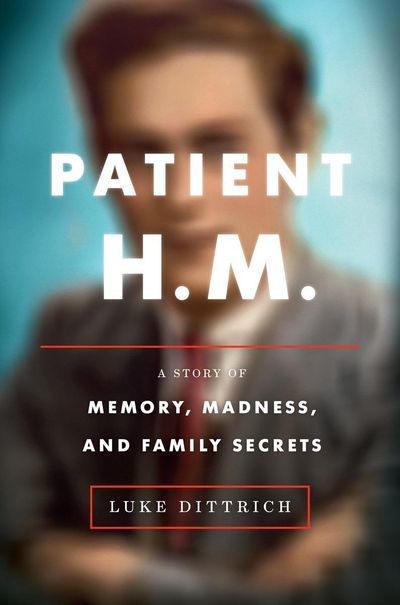Review: ‘Patient H.M.’ unearths lobotomy doctor’s secrets

In a book that will rank with Rebecca Skloot’s “The Immortal Life of Henrietta Lacks” in the realm of outstanding medical ethics narratives, Luke Dittrich uncovers the story of his grandfather, a neurosurgeon, and, as Dittrich writes, “one of the most prolific lobotomists in history.”
Lobotomies now have been discarded as an embarrassing, morally flawed detour in medicine, but in the 1930s through 1970s, surgeons destroyed portions of the brains of thousands of patients – mostly women – ostensibly to cure schizophrenia, homosexuality and other real and supposed mental illnesses.
As Dittrich’s book reveals, the reckless men who performed lobotomies were experimenting on humans with little evidence of benefit. The surgeries never did much more than make the patients passive and easier for institutions to handle.
“Patient H.M.” also relates the story of Henry Molaison, a man with severe epilepsy who became one of the most studied humans in the scientific literature after Dittrich’s grandfather removed part of his brain. Following the surgery, Molaison retained his intelligence but could no longer form new long-term memories. Researchers who studied him over the next decades grew fond of him, but to Molaison they entered the room each time as strangers.
The first scholarly paper on Molaison, known in the literature as H.M. to preserve his privacy, “became a cornerstone of the skyscraper that is modern memory science,” Dittrich writes.
Molaison was not considered mentally ill, so Dr. William Scoville, the author’s grandfather, pushed into new territory when he operated in 1953. Scoville thought he could ease Molaison’s seizures. Some psychotic patients who also had epilepsy seemed to gain some relief, a shred of evidence so tattered that it fails to mask the surgeon’s hubris.
It’s difficult to fathom how Scoville could have justified the gamble. The Nazi doctor trials and the Nuremberg Code of 1947 already had set contemporary expectations for informed consent and acceptable risk for human research. Scoville, perhaps blinded by what a breakthrough would mean to his career, ignored the new standards and convinced Molaison, age 27, to undergo the surgery.
Dittrich shifts between Molaison’s and his grandfather’s disturbing stories, detailing ethical dilemmas alongside scientific history. Understanding of how the human brain makes and stores memories may have gained from the research on Molaison but that doesn’t ease our comfort level with the surgeon’s decision to operate.
Admirably, Dittrich bares family secrets – including a stunner late in the book – and doesn’t flinch from his grandfather’s flaws. It’s astonishing and a bit heartbreaking when the surgeon continues operating into his late 70s, albeit with a stack of hospital-imposed restrictions, including a ban on him cutting into any more brains.
This satisfying account is reported with appropriate detachment by a writer with a deep personal connection. Beautifully told, “Patient H.M.” should remind us how close we are in time to gargantuan errors in the practice of medicine.